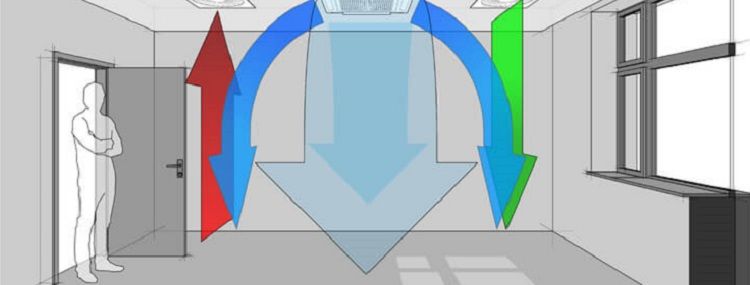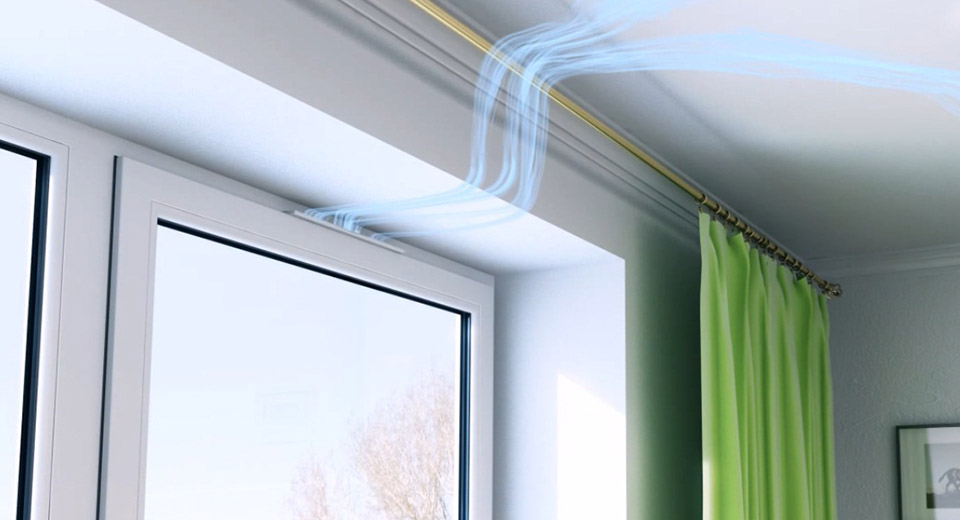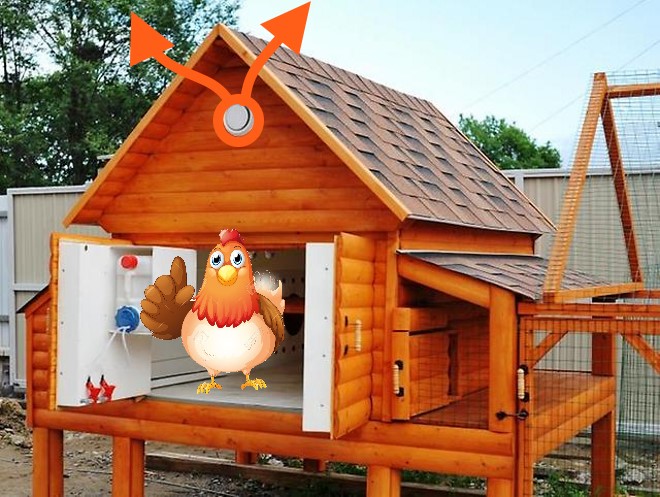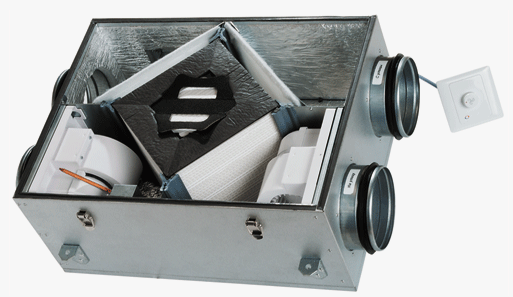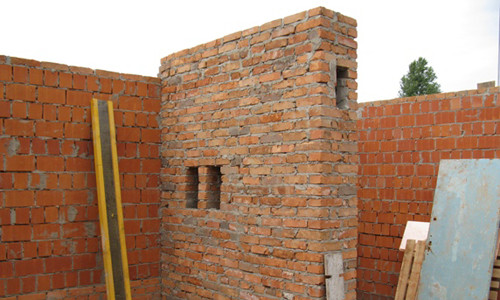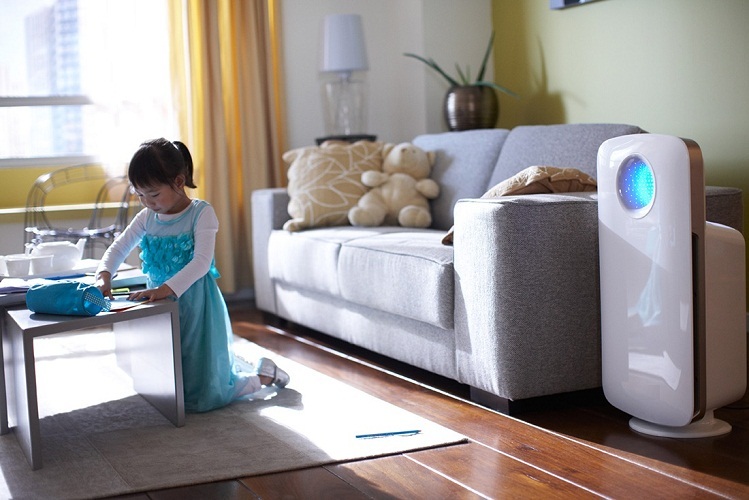Most users are skeptical about combining hoods and ventilation in the kitchen into one channel. By doing so, they deprive themselves of many of the benefits of exploiting them. If the ventilation duct serves one kitchen stove, the owner will not be able to connect to the natural system when the exhaust unit is off.
The need for ventilation in the kitchen
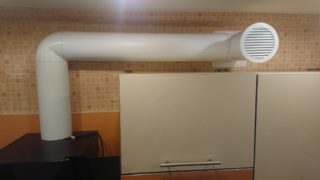
Natural ventilation in the kitchen with an extractor hood is necessary to maintain a comfortable and healthy microclimate in the apartment. In addition, it allows you to protect users from harmful vapors released during cooking. The hood alone in the kitchen is usually not enough, forcing users to address the issue of its compatibility with natural ventilation.
The principle of operation of the latter lies in the directional movement of air due to the pressure difference in the street and in the apartment. It is formed due to the temperature difference that is maintained in houses for most of the year. The main disadvantage of this system is the instability associated with the variability of climatic conditions. As a result, apartment owners have to check for traction all the time. This is done in one of the proven ways.
In the first case, it is enough to take a sheet of paper and attach it to the kitchen ventilation hatch. If it immediately "sticks" to the hole, the system is working and the pressure difference is maintained at a normal level. When a piece of paper slides along the wall, there is no draft - ventilation is not working or is very weak.
The second way to check is to bring a lighted candle, match or gas lighter to the hatch. With good draft, the flame deflects towards the ventilation hole.
If there are problems with the natural outflow of air, it will be necessary to clean the ventilation shafts and operating air ducts, which forces you to seek help from specialists. In certain conditions, inoperative ventilation can lead to overturning of the draft. In this case, air from the street will begin to flow into the apartment, completely blocking the operation of the hood.
Existing forced draft systems in the kitchen
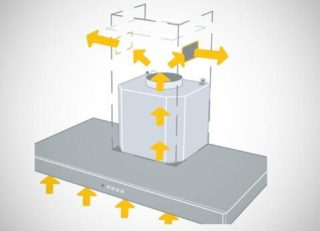
Forced exhaust (ventilation) differs from the natural in greater efficiency of removal of polluted air. According to the method of processing air masses, the models on the market are divided into two types:
- Units equipped with filtering elements that allow air to be discharged to the street through themselves.
- Exhaust devices operating on the recirculation (reuse) principle.
In the first samples, the air after cleaning is not retained in the room and is discharged outside. Models of the second type contain built-in charcoal filters, after passing through which the cleaned masses are returned to the kitchen. To improve the efficiency of the ventilation, the location of the hood above the gas stove is important. First of all, this concerns the height of its distance from the heating plane. According to the requirements of the standards, this indicator for gas stoves should not be less than 75 cm.Such remoteness will protect the unit from thermal radiation and will not affect the operation of the heating equipment.
How to combine a cooker hood and natural ventilation
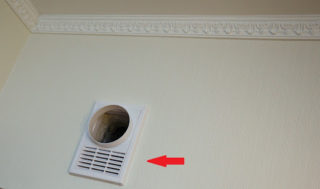
The combination of ventilation and extractor hoods in the kitchen is accompanied by the "squeezing" of exhaust air back into the room through the protective grill. To prevent this phenomenon, a check valve is introduced into the system, according to the installation method of which the following approaches are distinguished:
- Its installation in the lower part of the fence.
- Use of a special off-center valve.
In the first case, a grill with a check valve is located under the inlet of the air duct laid from the kitchen hood towards a separate ventilation duct. This method is used when there is free space above the wall cabinets.
The disadvantage of this approach is that the standard grilles on sale do not have a very aesthetic appearance. The only way out is to order a grid with the desired design and add a check valve to it yourself.
If there is no space above the cabinet, the second option is suitable, which involves the use of an air duct from the hood for natural ventilation. For it, you will have to make a separate hole formed by a tee and a check valve with an offset axis. When the hood is running, the installed valve slams. When it is off, it opens. The entire structure is placed over a wall cabinet or covered with decorative panels to match the color of the kitchen facade.
When triggered, a closed valve emits a strong pop, which is very difficult to eliminate. For these purposes, it is allowed to use special mufflers.
How to organize work and calculate the system
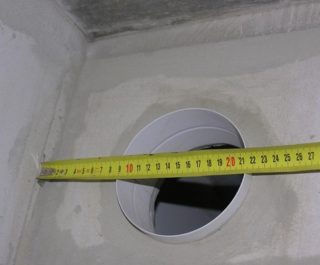
It is possible to equip a ventilation duct in the kitchen with the ability to preserve natural ventilation when installing the hood as follows:
- The working diameter of the mounted air ducts is determined. The size of the fan is taken into account, which exceeds the mine dimensions by 10-15 cm.
- The system performance is determined, which is sufficient to service the premises. It is calculated as the product of the length, width and height of the kitchen minus the volume occupied by furniture and other surrounding objects.
- The resulting figure is multiplied by 6 and again by 12. The result is the desired system performance indicator.
During installation, you should avoid the common mistake associated with blocking the ventilation opening with an exhaust pipe with a vent to the ventilation. It is possible to increase the efficiency of the complex if fresh air is supplied to the room.
Pros and cons of combining natural and forced ventilation
An indisputable plus of combined kitchen hoods is the ability to effectively remove polluted air from the served room. This is how they differ from circulation analogs, in which the quality of cleaning depends on the performance and shelf life of the filter elements. The advantages of the combined method include the fact that filters in hoods with an air duct change much less frequently than in most circulation models.
When considering the disadvantages of combining kitchen hoods with an air duct, first of all, the presence of interference created by the exhaust units during the operation of the ventilation system is noted. If, according to the design documentation, their air outlet is connected to a typical hole in the kitchen, when the hood is turned off, air access to it stops. Due to this drawback, regular air exchange in the kitchen and apartment can be disrupted.

